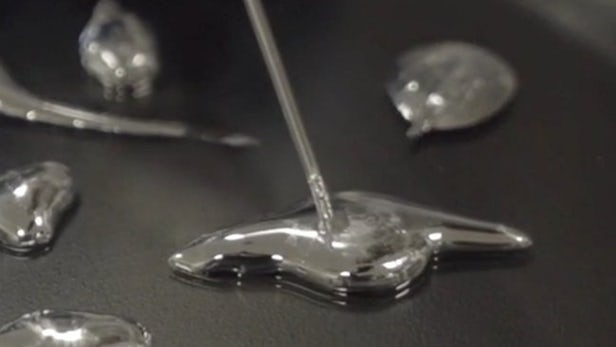
Breaking News
 Audio + English transcript from the closed-door July 9, 2025 court hearing in the case against...
Audio + English transcript from the closed-door July 9, 2025 court hearing in the case against...
 Trump: Obama started this WHOLE thing! (6 mins on it from the Maria B interview)
Trump: Obama started this WHOLE thing! (6 mins on it from the Maria B interview)
 Provoked: How Washington Started the New Cold War with Russia and the Catastrophe in Ukraine
Provoked: How Washington Started the New Cold War with Russia and the Catastrophe in Ukraine
 US Politics Is Just Nonstop Fake Revolutions Now
US Politics Is Just Nonstop Fake Revolutions Now
Top Tech News
 3D Printed Aluminum Alloy Sets Strength Record on Path to Lighter Aircraft Systems
3D Printed Aluminum Alloy Sets Strength Record on Path to Lighter Aircraft Systems
 Big Brother just got an upgrade.
Big Brother just got an upgrade.
SEMI-NEWS/SEMI-SATIRE: October 12, 2025 Edition
 Stem Cell Breakthrough for People with Parkinson's
Stem Cell Breakthrough for People with Parkinson's
 Linux Will Work For You. Time to Dump Windows 10. And Don't Bother with Windows 11
Linux Will Work For You. Time to Dump Windows 10. And Don't Bother with Windows 11
 XAI Using $18 Billion to Get 300,000 More Nvidia B200 Chips
XAI Using $18 Billion to Get 300,000 More Nvidia B200 Chips
 Immortal Monkeys? Not Quite, But Scientists Just Reversed Aging With 'Super' Stem Cells
Immortal Monkeys? Not Quite, But Scientists Just Reversed Aging With 'Super' Stem Cells
 ICE To Buy Tool That Tracks Locations Of Hundreds Of Millions Of Phones Every Day
ICE To Buy Tool That Tracks Locations Of Hundreds Of Millions Of Phones Every Day
 Yixiang 16kWh Battery For $1,920!? New Design!
Yixiang 16kWh Battery For $1,920!? New Design!
 Find a COMPATIBLE Linux Computer for $200+: Roadmap to Linux. Part 1
Find a COMPATIBLE Linux Computer for $200+: Roadmap to Linux. Part 1
Transistor breakthrough brings liquid computers closer to reality

In a step towards creating a new class of electronics that look and feel like soft, natural organisms, mechanical engineers at Carnegie Mellon University are developing a fluidic transistor out of a metal alloy of indium and gallium that is liquid at room temperature. From biocompatible disease monitors to shape-shifting robots, the potential applications for such squishy computers are intriguing.
Until recently, the only example of liquid electronics were microswitches made up of tiny glass tubes with a bead of mercury inside that closes the switch when it rolls between two wires. Essentially, the fluidic transistor is a much more sophisticated switch that's made of a liquid metal alloy that is non-toxic, so it can be infused into rubber to create soft, stretchable circuits.
Unlike the mercury switch, where tilting the vial closes the circuit, the fluidic transistor works by opening and closing the connection between metal droplets using the direction of the voltage. When it flows in one direction, the droplets combine and the circuit closes. If it flows the other way, the droplet splits and the circuit opens.
Researchers Carmel Majidi and James Wissman of the Soft Machines Lab at Carnegie Mellon say that alternating the opening and closing of the switch allows it to mimic a transistor, thanks to the phenomenon of capillary instability. The hard part was getting inducing the instability so the droplets change from two to one and back seamlessly.
"We see capillary instabilities all the time," says Majidi. "If you turn on a faucet and the flow rate is really low, sometimes you'll see this transition from a steady stream to individual droplets. That's called a Rayleigh instability."
By testing the droplets in a sodium hydroxide bath the engineers found that there was a relationship between the voltage and an electrochemical reaction where voltage produced a gradient in the oxidation on the droplet's surface, altering the surface tension and causing the droplet to split in two. More important, the properties of the switch acted like a transistor.



